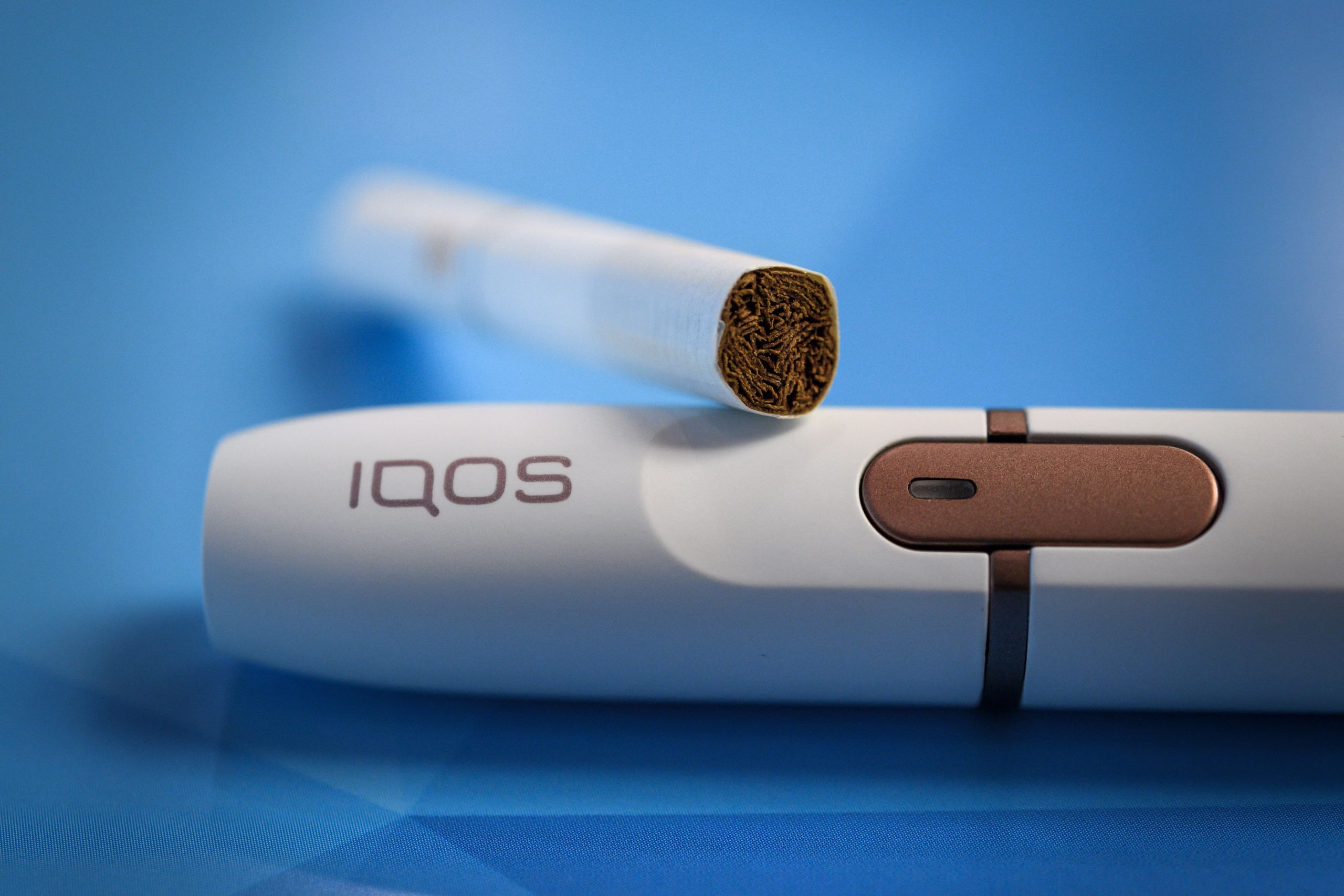Opinion: With time running out to reach the Smokefree Aotearoa goals - to reach a New Zealand smoking rate of five percent or less by 2025 - Associate Health Minister Casey Costello recently decided to halve the excise tax on heated tobacco products, setting aside a?contingency fund of $216 million?to cover the tobacco tax cuts.
Costello has been accused, and with good evidence, particularly by RNZ through Official Information Act requests, that she has been lobbied by Philip Morris International, but she says she hasn’t been, that the 50 percent tax cut has been implemented to support the smokefree goals and help smokers switch to a safer alternative. ?
But where’s the evidence that supports the use of heat-not-burn tobacco (HTPs) as a smoking cessation aid? And data that shows it provides a harm reduction when compared with conventional smoking?
Heat-not-burn tobacco products (or &smokeless tobacco’) are electronic devices that look like an e-cigarette but contain tobacco. The tobacco is heated to a high temperature, without setting it alight, creating &smoke’ that the user inhales. Instead of burning tobacco, a process that occurs at temperatures of about 600C and above, these devices use electric heating systems that heat tobacco to lower temperatures, typically below 350C. Ostensibly this makes them safer than cigarettes.
Early versions of these products emerged in the 1980s but have only become popular since newer generations of the products were available from 2014. Philip Morris acknowledges that they aren’t risk-free and provide nicotine, which is addictive, but ※they can emit significantly fewer and lower levels of harmful and potentially harmful constituents compared to cigarette smoke§.?
Because there is no combustion these products supposedly contain fewer dangerous chemicals. This does appear to be true, although one study from Sweden found that the concentrations of more than 20 harmful and potentially harmful constituents were higher in HTP aerosol than in cigarette smoke. Plus, several toxic compounds that were not detected in cigarette smoke were found in HTP aerosol.
IQOS by Philip Morris is the main HTP product available in New Zealand. A study in Japan, where the first IQOS devices were introduced, found that HTP use did not help smokers quit or prevent former smokers from relapsing, and concluded that they should not be recommended as a cessation aid.
There is even less known about HTPs’ health effects on the body than vaping, and mounting evidence on the health effects of vaping is showing that long-term use of these products won’t be without harm. Studies have shown vaping leads to increased resistance in the airways, increases in inflammation and DNA damage, and a reduction in how mucus and infections are cleared from the lungs.
We know combusted tobacco is one of the most common causes of cardiovascular disease and though the toxicity of e-cigarette aerosol is much lower than that of cigarette smoke, most e-cigarettes and HTPs contain nicotine, which has a number of adverse effects on the cardiovascular system - stimulating heart rate, increasing blood pressure, and ultimately promoting the increase of cardiac output.
Not enough is known about the health effects of HTPs. A small recent study, comparing HTPs with vaping and conventional cigarettes, found that all products led to small airway dysfunction and an increase in blood vessel stiffness, which is linked to increased cardiovascular risk. The data did not suggest a harm reduction of HTPs compared with combustible cigarettes.
Like other nicotine-containing products, HTPs lead to a nicotine-related acute increase in arterial stiffness and cardiovascular stress, just like combustible cigarettes, which links these products with an increased cardiovascular risk.
New Zealand has one of the highest youth and young adult vaping rates in the world with 15 percent of 15-17-year-olds being daily vapers and a quarter of 18-24-year-olds vaping daily. Vapes were welcomed into New Zealand as a smoking cessation aid but there has been an unexpected uptake of vaping by never-smokers, with the proportion of never-smokers as high as 76 percent among 15-17-year-old.
You know the one about how those who don’t know the past are condemned to repeat it? Given the recent short history of vaping, I struggle to understand what the Government hasn’t learned, and why it would give HTPs the tax break it has.?



